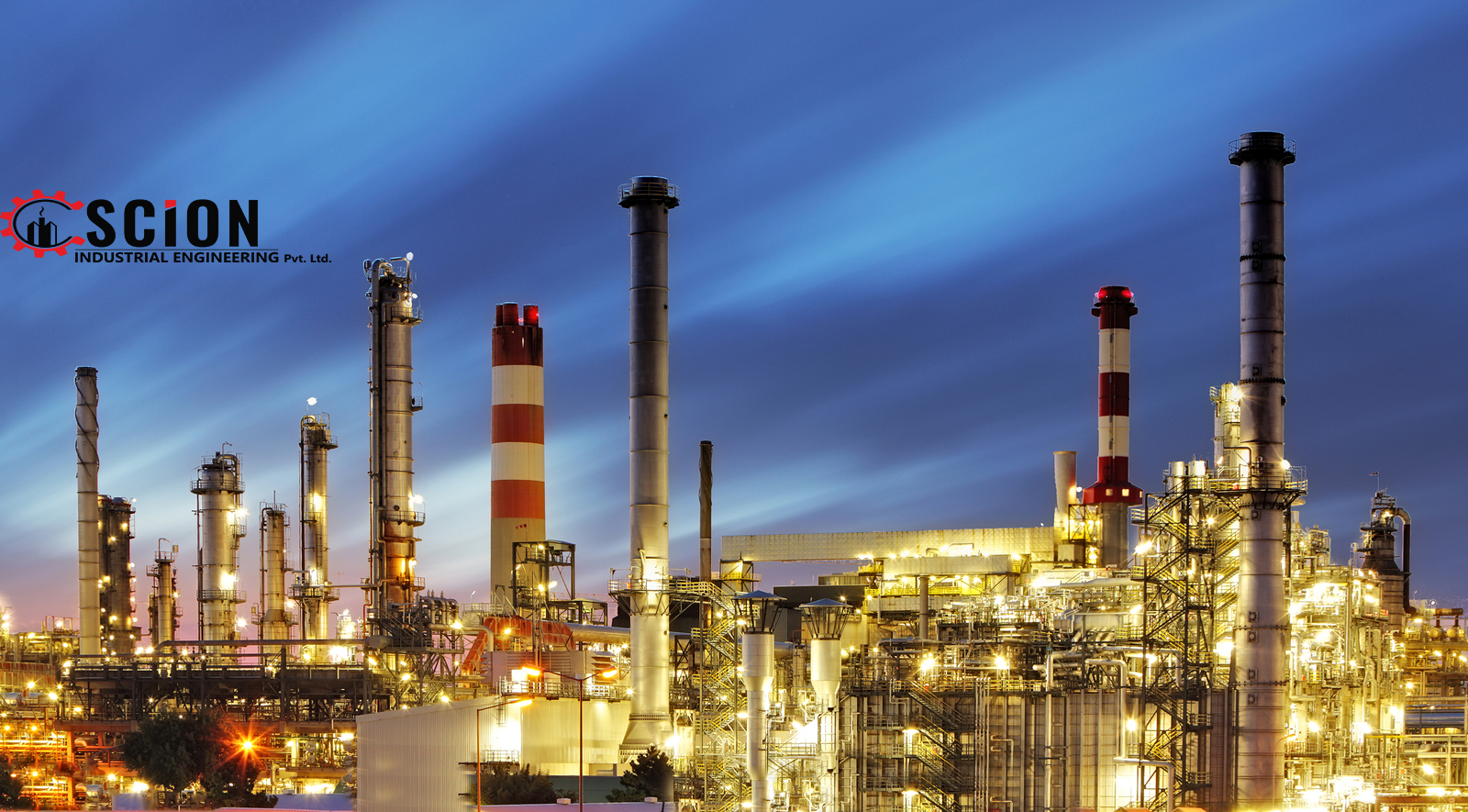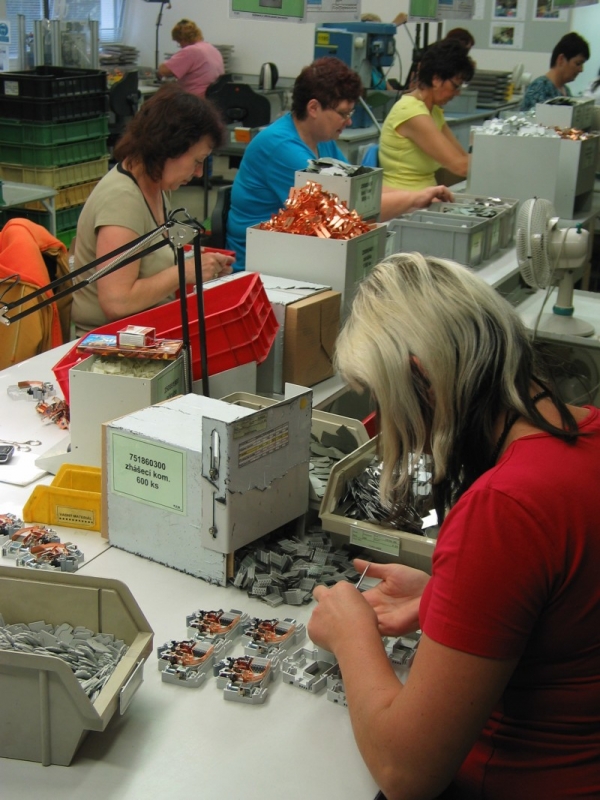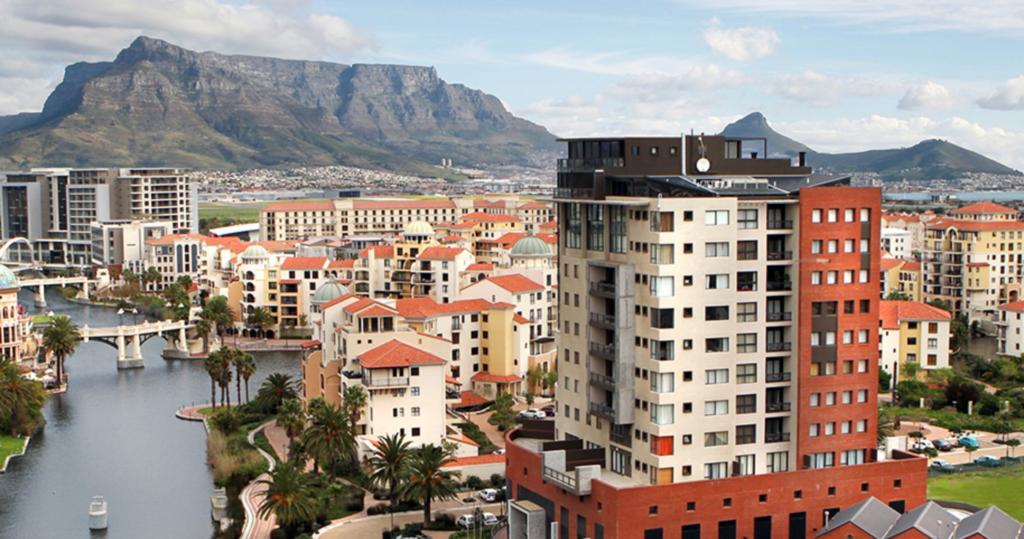SA’s DIY retail stores have mostly been immune to economic downturns.
When the going was good, people bought new homes, which they renovated later. In a sputtering economy, many prefer fixing things themselves.
Thanks to this kind of all-weather resilience, companies like Cashbuild and Italtile became JSE favourites.
But now, even they say this slowdown is the severest in a long time. Over the past year, retailers have had a lot to grumble about, as a rise in the VAT rate, increases in the fuel price and poor wage growth have drained consumers’ wallets.
The difficulty was evident in total retail sales growing only 1% for the three months to end-December. For hardware, paint and glass retailers, sales shrank 1.5% for the period, Stats SA data shows.
This could clearly be seen in the performance of Massmart’s Massbuild division, which had a rise in sales of 5.9% to R13.72bn but only a paltry 1.8% gain to R749.1m in trading profit in its results for the year to December.
At rival Cashbuild, revenue inched up 3% to R5.56bn and operating profit declined 12% to R284m for the half-year to December.
The situation is unlikely to change soon. The wider view is that consumer confidence will only really improve when the government sets out its economic strategy after the May 8 elections.
It’s not been totally bad for everyone, though. Spar’s Build it chain increased sales 10.3% for the 17 weeks to January 26.
Italtile is not waiting for the elections to see what happens. CEO Jan Potgieter says the group is employing various strategies to cope with the difficult economy. It plans to take more market share from its competitors.
Potgieter says that in an economy that’s slowing down, one of the ways the company can grow is by getting customers to buy all the material they need to renovate their home from one of its stores.
At its low-income-focused chain TopT, for example, people can buy an extensive range of products, obviating the need to go anywhere else.
Potgieter says the diversification of its product range has led to tile sales now making up only 50% of total sales. Italtile’s retail turnover rose 7% to R3.33bn and net profit 13% to R189m for the six months to end-December.
Despite the growth, Potgieter says middle-class customers are clearly taking strain.
Massbuild CEO Llewellyn Walters says the chain adapted to the slowdown by supplying materials to enterprises, larger landlords and building sites.
Essentially its strategy boils down to “looking for sectors unaffected by the recession”.
Massbuild has also been quick to adapt to the specific regional needs of consumers. During the drought in the Western Cape it bypassed its distribution centres and delivered JoJo rainwater tanks directly from the factory in Groblersdal in Limpopo to two of its stores in Cape Town.
Though the economy remains sluggish, Potgieter sees “huge” potential in the SA tile market. When compared to other middle-income countries, SA’s tile market is only about half the size.
“People want to invest in their homes. It’s usually their most expensive asset.”
At a share price of R13.50 and a p:e of 13.02, Italtile looks nicely priced and seems worth buying, but not everyone is sold on it, or the other DIY chains. “Italtile has good metrics, but we are avoiding the DIY sector,” says AlphaWealth fund manager Keith McLachlan.
He says that with credit extension on the decline, consumers are holding off on upgrading their homes.
This, along with increased competition, means DIY retailers are going to be under pressure for some time.
The sector’s prospects are changing at a “fundamental level”, McLachlan says. “The golden age of DIY retailers is more or less over.”
Source:https://www.businesslive.co.za/fm/money-and-investing/2019-03-07-diy-retailers-struggle-in-sputtering-economy/




